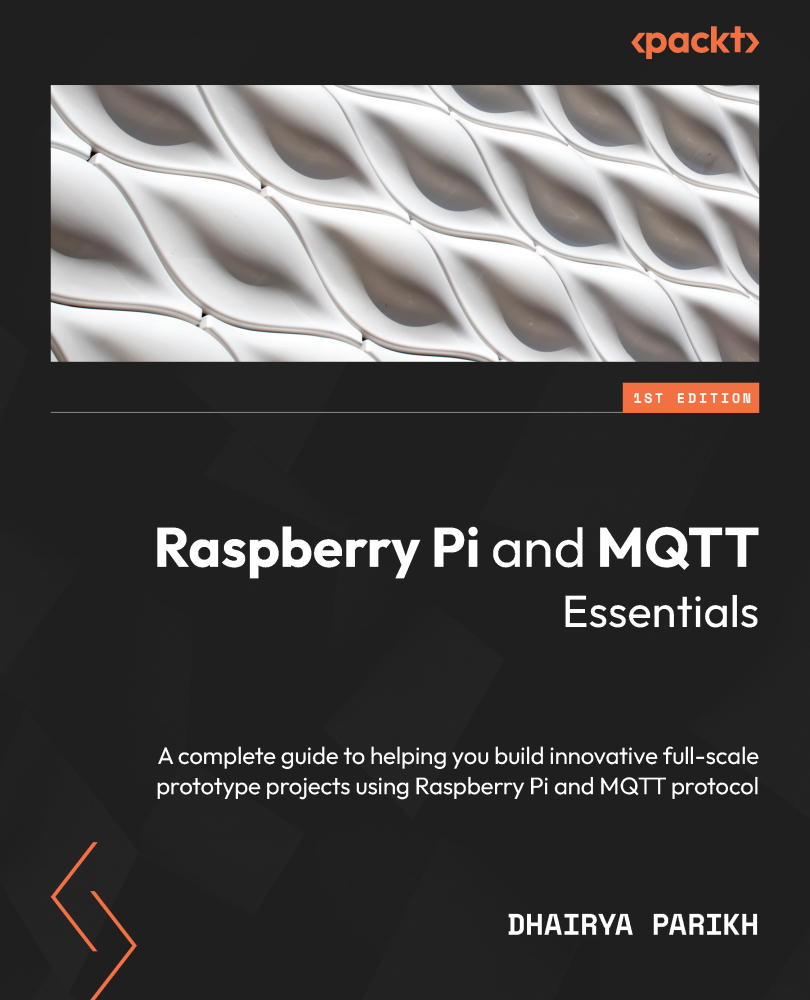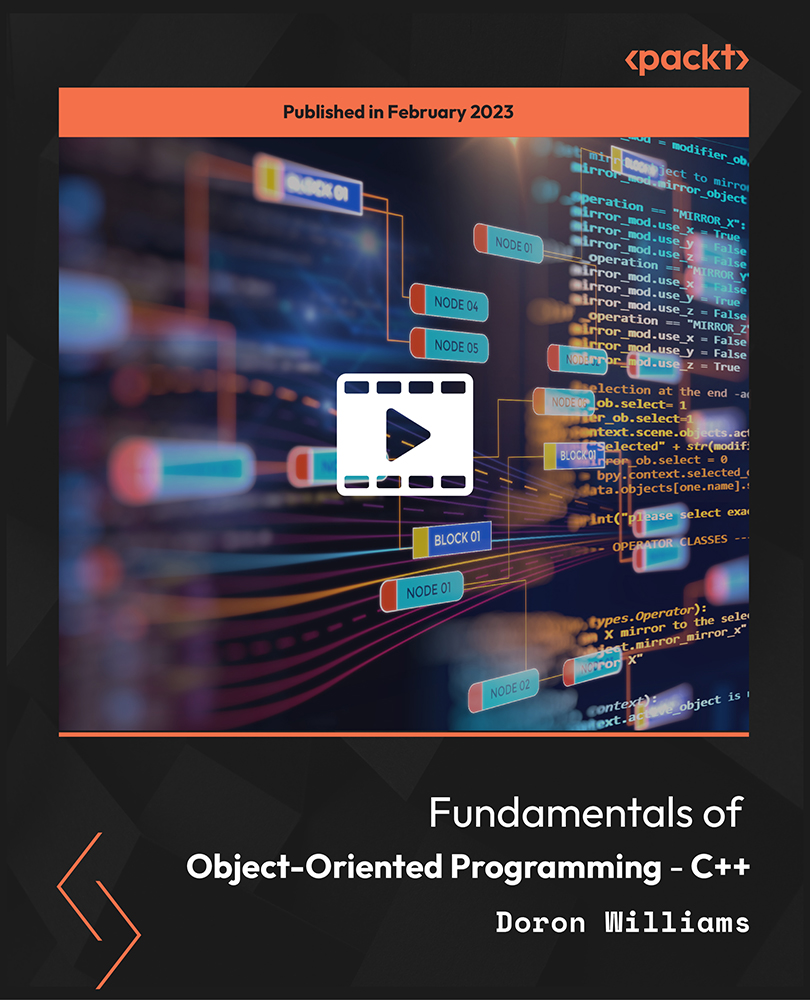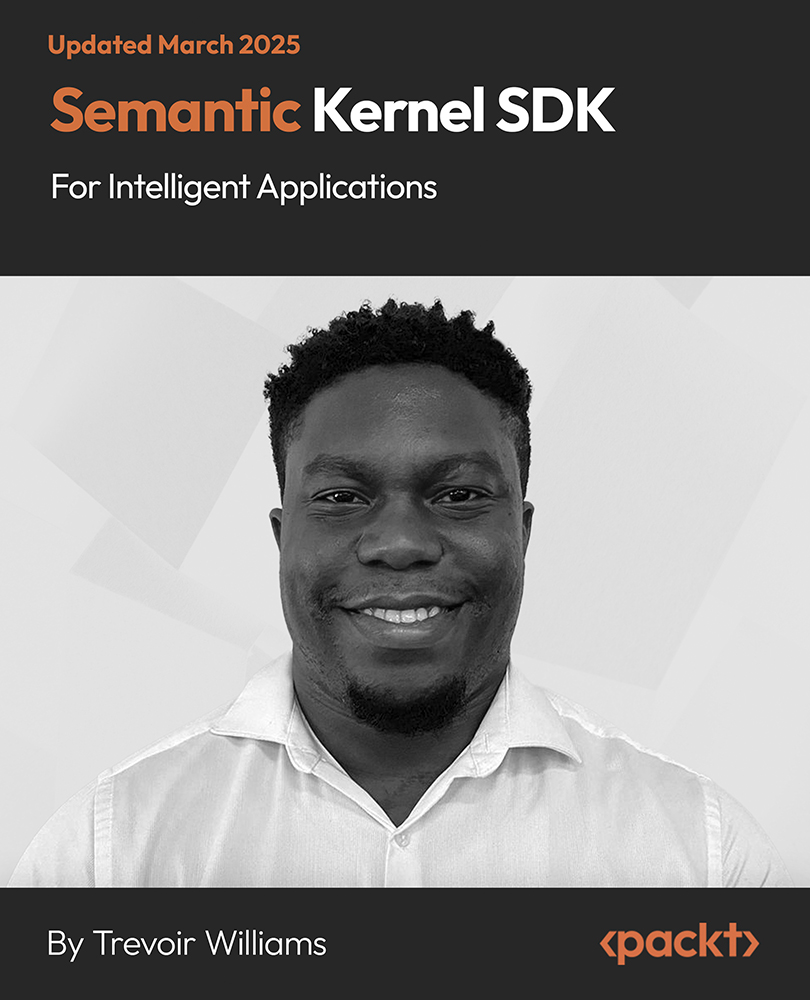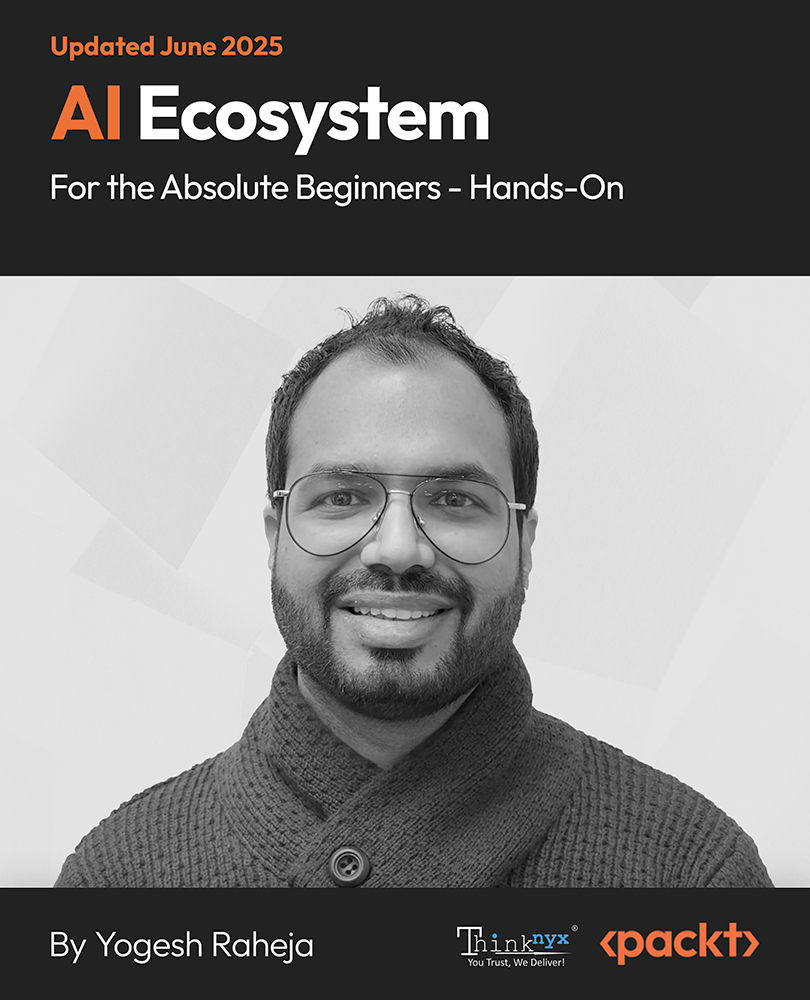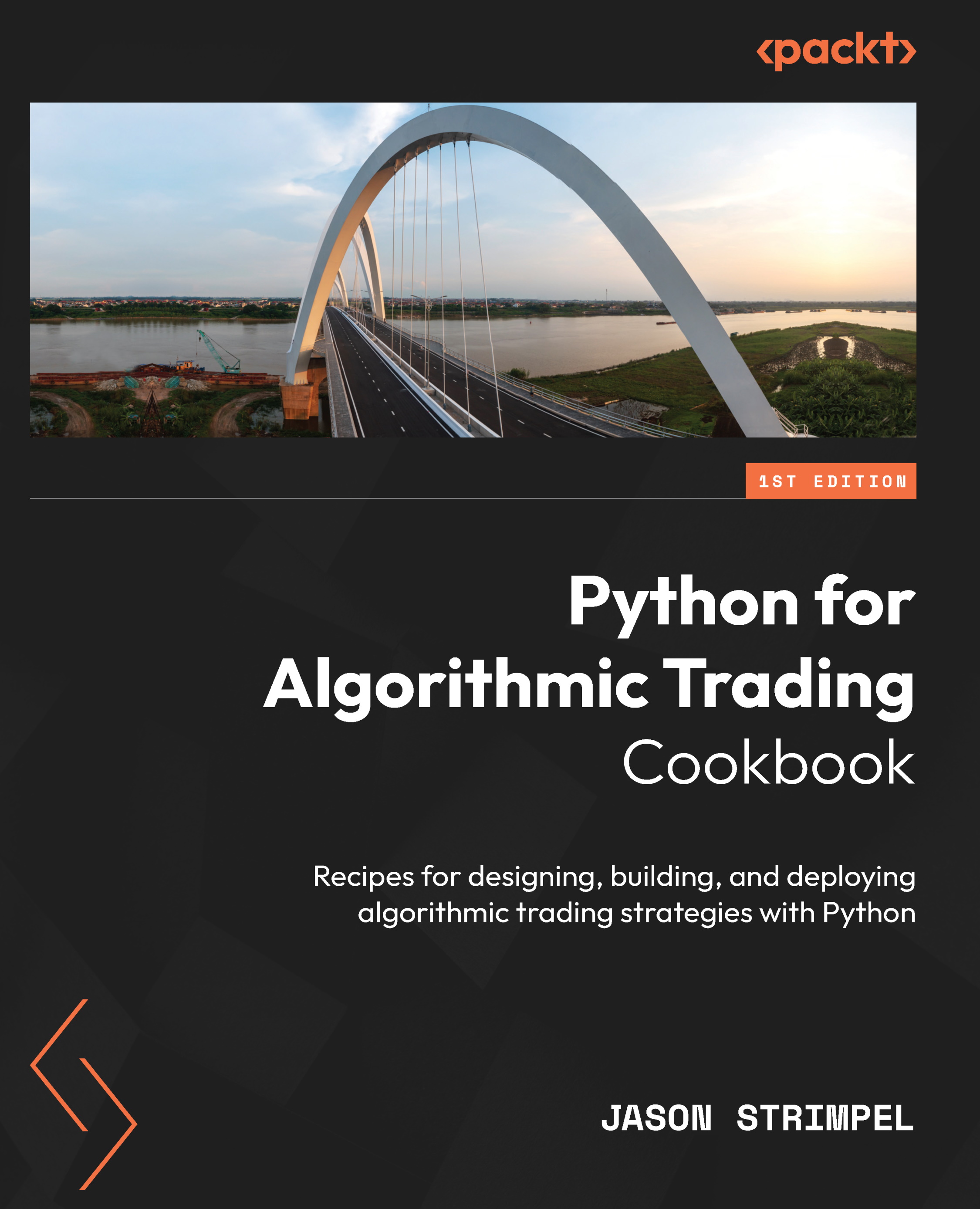Unlocking 7B+ language models in your browser: A deep dive with Google AI Edge's MediaPipe
Google AI Edge's MediaPipe has developed a new system that allows large language models (LLMs) to run directly in web browsers, overcoming memory and performance limitations. By using WebAssembly and WebGPU, MediaPipe can now load and execute models like Gemma 1.1 with 7 billion parameters, which was previously unfeasible in-browser. The approach includes breaking down models into manageable parts and leveraging efficient memory usage techniques to handle the massive size of LLMs.
Deploying Attention-Based Vision Transformers to Apple Neural Engine
The concept of Vision Transformers (ViTs) was introduced to leverage transformer models, which were originally used in natural language processing, for image recognition tasks. Unlike traditional Convolutional Neural Networks (CNNs), Vision Transformers process images by dividing them into smaller patches and applying attention mechanisms. This approach can handle various computer vision tasks such as image classification and object detection more effectively.
Mistral-NeMo: 4.1x Smaller with Quantized Minitron
NVIDIA's Minitron technique makes large language models (LLMs) like Mistral-NeMo smaller and more efficient by removing less critical parts and retraining them. This process reduces the models' sizes while keeping their performance high. The Minitron version of Mistral-NeMo, for instance, shrinks the model from 12 billion to 8 billion parameters. Combining Minitron with 4-bit quantization further compresses these models, allowing them to run on smaller GPUs and reducing operational costs.
Connect the Amazon Q Business generative AI coding companion to your GitHub repositories
You can link Amazon Q Business, an AI-powered assistant, to your GitHub repositories using the Amazon Q GitHub (Cloud) connector. This setup allows you to use natural language queries to access information like commits, issues, and pull requests from your GitHub repositories. By integrating this tool, your development team can boost productivity, reduce context switching, and quickly retrieve information from your GitHub data through a conversational interface.
Augmenting recommendation systems with LLMs
Large language models (LLMs), like Google's PaLM, can significantly enhance recommendation systems by integrating advanced AI capabilities. By incorporating LLMs into the recommendation pipeline, you can improve features like conversational recommendations, sequential recommendations based on user activity, and rating predictions. LLMs can interactively suggest items, understand the sequence of user preferences, and predict ratings with high accuracy.
 United States
United States
 Great Britain
Great Britain
 India
India
 Germany
Germany
 France
France
 Canada
Canada
 Russia
Russia
 Spain
Spain
 Brazil
Brazil
 Australia
Australia
 Singapore
Singapore
 Canary Islands
Canary Islands
 Hungary
Hungary
 Ukraine
Ukraine
 Luxembourg
Luxembourg
 Estonia
Estonia
 Lithuania
Lithuania
 South Korea
South Korea
 Turkey
Turkey
 Switzerland
Switzerland
 Colombia
Colombia
 Taiwan
Taiwan
 Chile
Chile
 Norway
Norway
 Ecuador
Ecuador
 Indonesia
Indonesia
 New Zealand
New Zealand
 Cyprus
Cyprus
 Denmark
Denmark
 Finland
Finland
 Poland
Poland
 Malta
Malta
 Czechia
Czechia
 Austria
Austria
 Sweden
Sweden
 Italy
Italy
 Egypt
Egypt
 Belgium
Belgium
 Portugal
Portugal
 Slovenia
Slovenia
 Ireland
Ireland
 Romania
Romania
 Greece
Greece
 Argentina
Argentina
 Netherlands
Netherlands
 Bulgaria
Bulgaria
 Latvia
Latvia
 South Africa
South Africa
 Malaysia
Malaysia
 Japan
Japan
 Slovakia
Slovakia
 Philippines
Philippines
 Mexico
Mexico
 Thailand
Thailand




